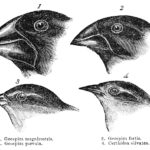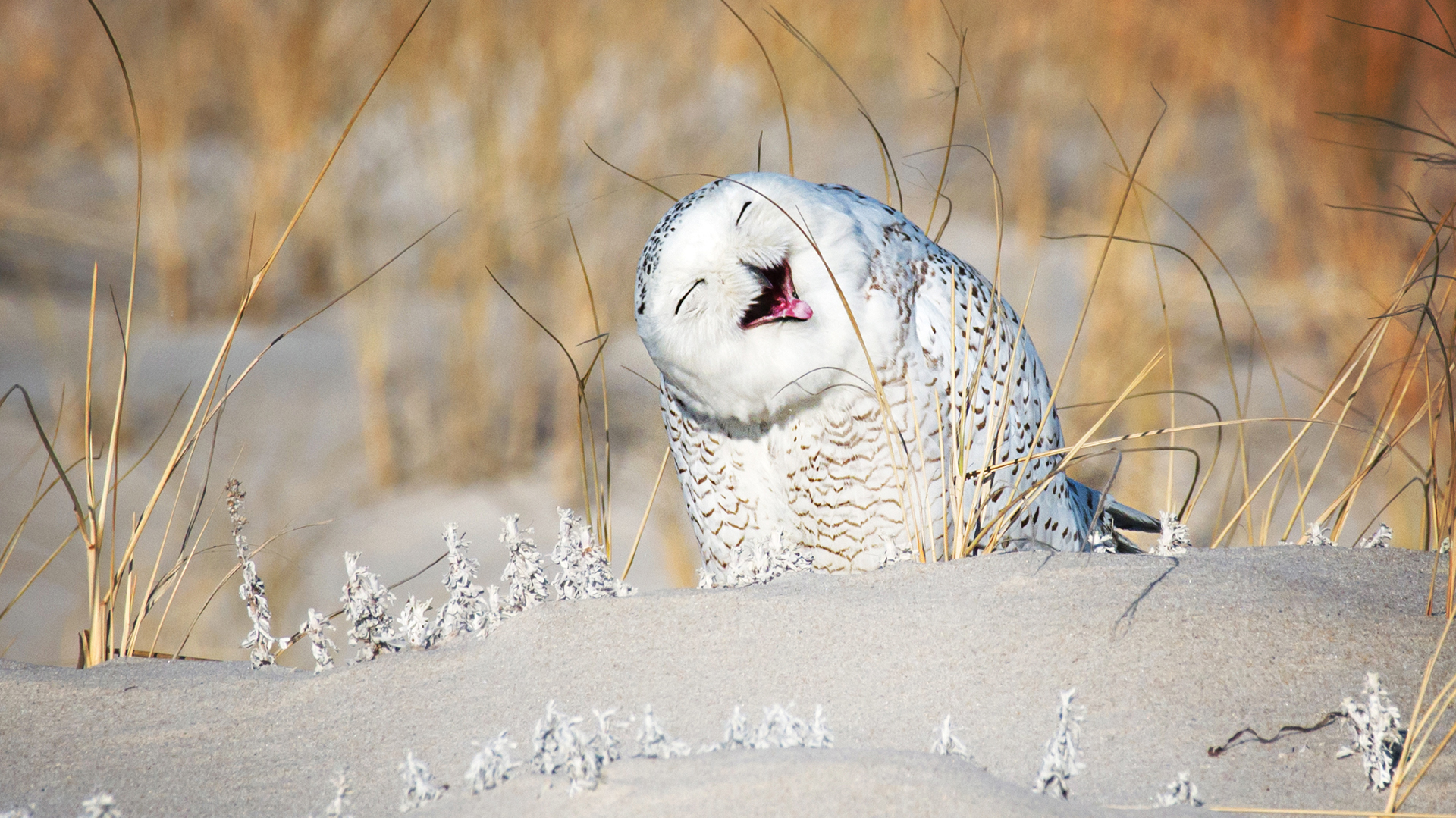Living things have many requirements. One of the most important of these is that they must obtain food. They get this food from the environment. The ultimate source of food energy is the sun. The sun produces light, and this light is used by plants in a process called photosynthesis. Photosynthesis converts some of the light into chemical energy that plants can use to create their own food in the form of sugar. We call this the ten percent rule. Plants are called autotrophs because they produce their own food.
Herbivores, also called primary consumers, eat plants and are able to use 10% of the enrgy from the plants they eat. Carnivores, also called secondary consumers, eat herbivores and once again are able to use 10% of the energy from their prey. In this way, the energy from the sun is passed up through the food chain.
A food web is a diagram that shows how these different food chains are interconnected. It can be helpful to think of a food web as a network of interconnected food chains. Every organism in an ecosystem occupies a specific position in one or more food chains, and every food chain is part of one or more food webs.
There are many different types of food webs, but they all have one thing in common: they show the flow of energy through an ecosystem. In a simple food web, energy flows from plants to herbivores to carnivores. But in a more complicated food web, there may be many different types of plants and animals, and energy may flow in many different directions.
One way to think about food webs is to imagine a group of people at a picnic. There are many different types of food on the picnic table, and each person at the picnic is eating something different. The food web shows how all of the different types of food are connected.
The picnic analogy can help us understand how food webs work in nature. Just as there are many different types of food on a picnic table, there are many different types of plants and animals in an ecosystem. And just as the people at the picnic are connected by the food they are eating, the plants and animals in an ecosystem are connected by the food they are eating.
Primary and secondary consumers are called heterotrophs because they cannot make their own food and must eat other organisms. Tertiary consumers are heterotrophs that eat primary and secondary consumers. Quaternary consumers are heterotrophs that eat tertiary consumers.
Primary consumers are herbivores because they eat plants. While other consumers are either omnivores are carnivores. Omnivores eat both plants and animals. Carnivores only eat animals.
Decomposers are a special type of heterotrophs that obtain their food by breaking down the dead bodies of other organisms. Decomposers are important because they help to recycle nutrients back into the ecosystem. Without decomposers, there would be a build-up of dead organisms and a lack of nutrients in the environment.






